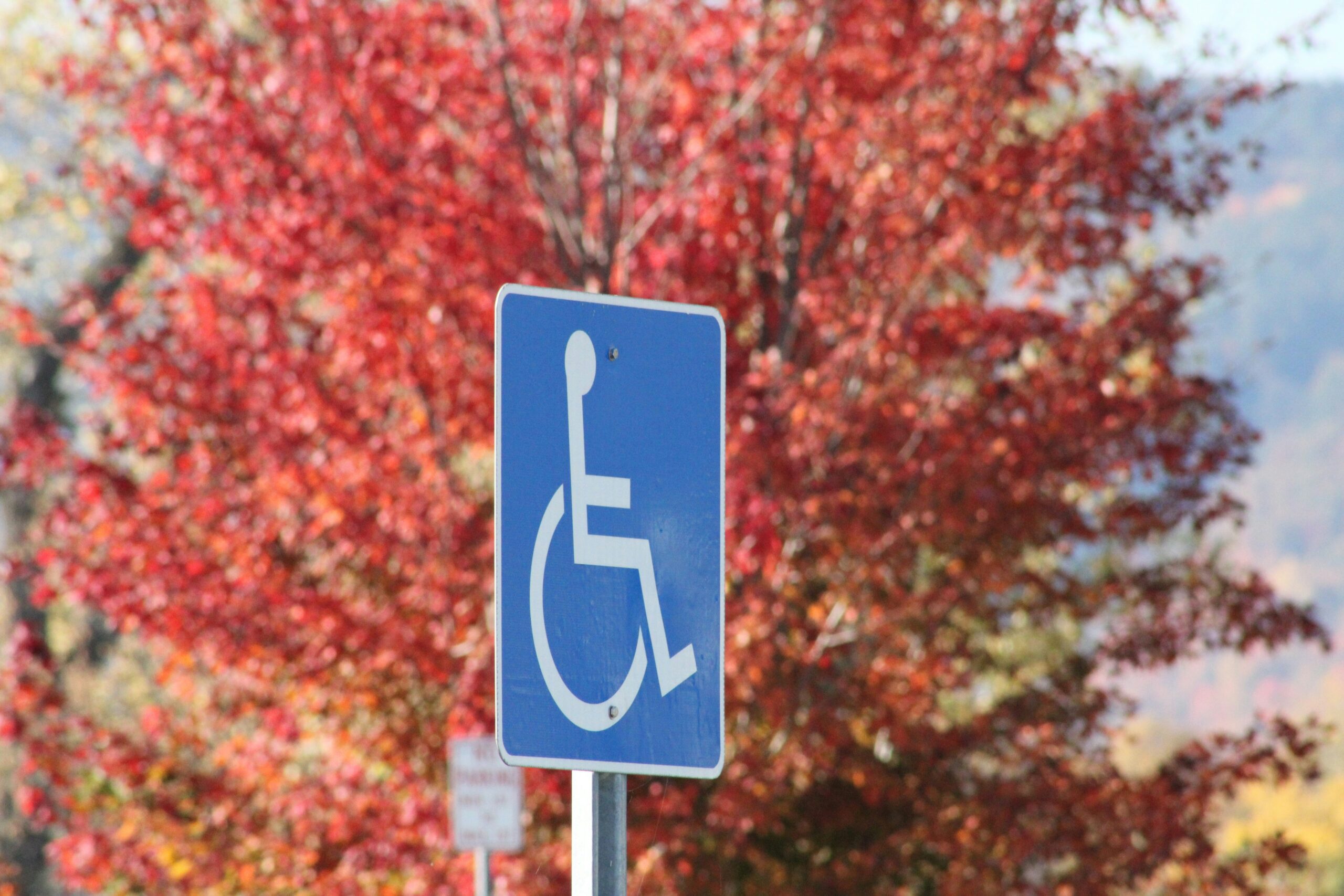As a conference center, we understand the importance of crafting unforgettable experiences for all your event attendees. A crucial element often overlooked is ensuring the event is accessible to everyone, regardless of attendees’ physical abilities, sensory needs, or other challenges. By embracing inclusivity, you can reach a broader audience and build a positive reputation as a considerate and prepared organization or ministry.
Here are five strategies to help make your events accessible for all.
Select an Accessible Venue
Before diving into planning the details of your event, choose a venue that emphasizes accessibility. Consider the following aspects and questions when picking a location:
- Wheelchair Access: Is the venue equipped with ramps, elevators (for multi-story locations), and wide corridors to facilitate movement?
- Parking: Are there accessible parking spots close to the entrance, clearly marked and spacious for maneuverability?
- Accessible Restrooms: Are the restrooms easy to locate and sufficiently large for wheelchair users?
Provide Diverse Registration and Participation Options
Participants have varied ways of registering and engaging with your event. To enhance inclusivity, offer several registration methods, like:
- Online Registration: Ensure your website is accessible
- Phone Assistance: Offer a phone number for individuals who prefer to speak with someone directly.
- Sign Language Services: Consider providing sign language interpreters for keynote sessions or important sessions. Additionally, offer live captions for virtual events.
Distribute Clear Event Materials in Various Formats
Attendees may have different preferences for how they best receive information. Providing materials in multiple formats guarantees that everyone can access vital details:
- Printed Materials: For those who prefer tangible handouts, ensure they are available in large print and clear fonts.
- Digital Versions: Provide digital materials that are compatible with screen readers and can be enlarged for those with visual impairments.
- Captioning & Subtitles: Ensure that videos, presentations, or webinars are equipped with captions and subtitles to assist attendees with hearing difficulties.
Address Sensory Accessibility Concerns
Some attendees may experience sensory sensitivities or have specific needs related to sound and light. Here’s how you can ensure a comfortable environment for everyone:
- Manage Sound Levels: Be conscious of loud sounds and create options for controlling noise levels (like quiet zones or noise-canceling headphones).
- Lighting Considerations: Avoid harsh or strobe lighting, which may be uncomfortable for some individuals.
- Quiet Areas: Designate spaces where attendees can retreat from the crowd and recharge, beneficial for those with sensory sensitivities to sound, light, and social interactions.
Facilitate Easy Navigation and Wayfinding
When planning your event space layout, prioritize accessibility to help attendees navigate easily:
- Clear Signage: Utilize large, easily readable signs with straightforward directions to key areas like restrooms, registration, and emergency exits.
- Trained Personnel: Ensure staff are on hand to assist those who may require additional help.
- Seating Arrangements: Reserve spaces for individuals with mobility challenges or sensory sensitivities, ensuring an unobstructed view from those seats.
Final Thoughts: Making Accessibility a Standard Practice
Creating an accessible event goes beyond compliance with legal mandates; it reflects your organization or ministry’s commitment to understanding and meeting everyone’s needs so that all feel welcomed and valued. By implementing these strategies, your event can be not only successful but also inclusive to those with specialized needs.


0 Comments